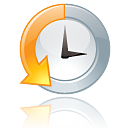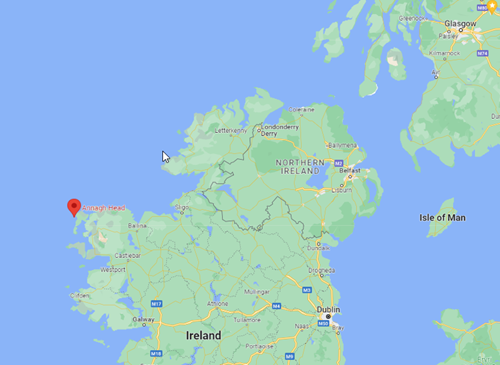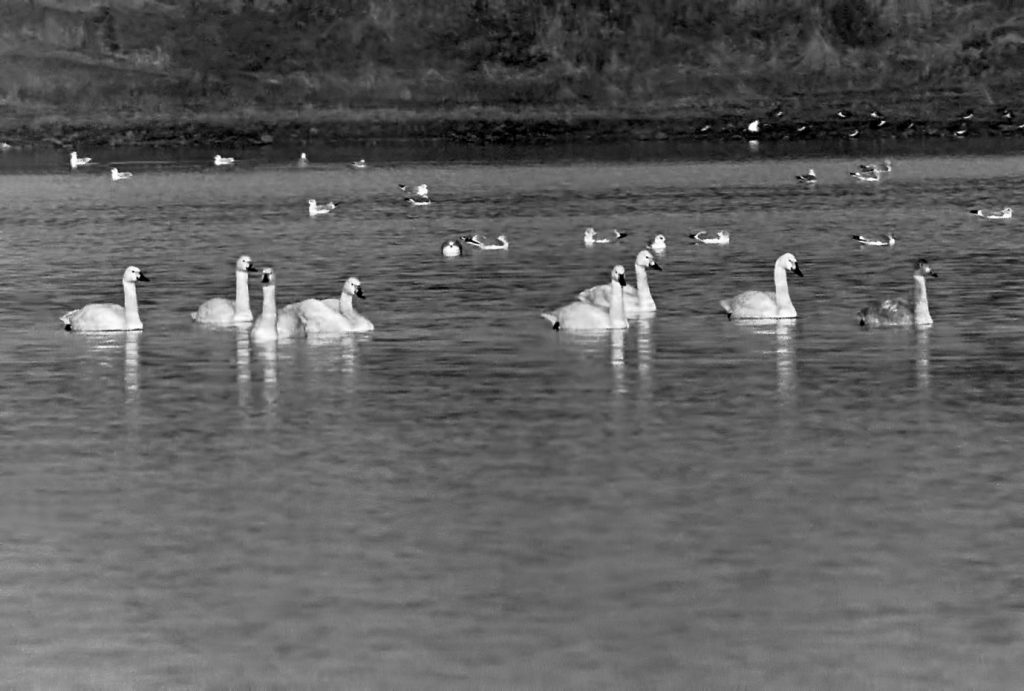
Recently I was looking through the web-site of the Ayrshire Archaeological and Natural History Society and came across a number of documents published by the Society about birds in Ayrshire stretching back to 1948. I thought these might be of interest to readers of this site and so, with kind permission of the Society, I have included links to them below. Note, these are pretty big PDF documents.
- Some Observations on the Status and Distribution of Birds in Ayrshire, 1949-1960 by R. Macalpine Ramage.
- Birds of Ailsa Craig by John McCrindle.
- A Check-List of the Birds of Ayrshire. 1966 by G.A. Richards.
- The Wild Birds of Ayrshire Today. 1948 by Cmdr. G. Hughes-Onslow.



